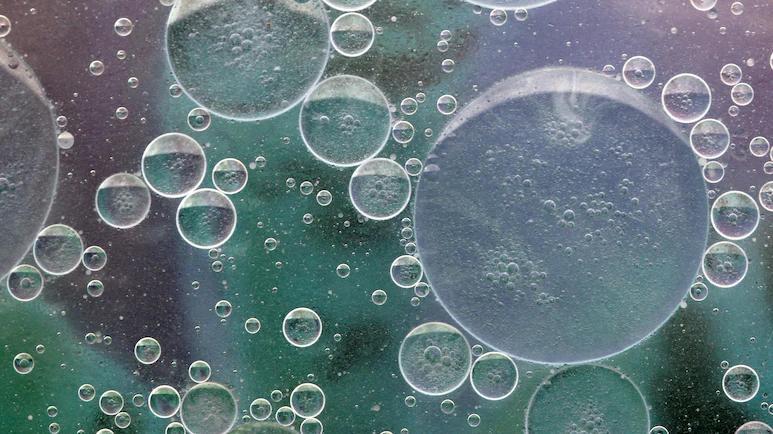
Fourth Form of Water That Could Exist on Alien Worlds Identified
The discovery of water on other planets is no longer a new concept in the field of astrobiology. However, scientists have just taken a significant step forward by identifying a fourth form of water that could potentially exist on alien worlds. This new form of water, known as plastic ice VII, was created by an international team of researchers by squeezing water under extreme pressure and heating it to very high temperatures.
The discovery of this new form of water has significant implications for our understanding of the possibility of life on other planets. In particular, it suggests that icy planets like Neptune, Uranus, or Jupiter’s moon Europa might have harboured this form of water in the past.
The research was published in the journal Nature and was led by scientists from the University of Edinburgh. The team used a combination of advanced computer simulations and laboratory experiments to create the plastic ice VII. They found that by squeezing water under a pressure of 6 gigapascal and heating it to temperatures of up to 327°C, they could create this new form of water.
So, what is plastic ice VII and how does it differ from the three other forms of water that we are familiar with? The answer lies in its structure. Unlike the familiar crystalline structure of ice, plastic ice VII has a more disordered structure that is similar to that of plastic. This disordered structure means that plastic ice VII has a number of unique properties that set it apart from other forms of water.
One of the most significant properties of plastic ice VII is its ability to exist at much higher temperatures than other forms of ice. This means that it could potentially exist on planets where the surface temperature is much higher than those on Earth. This is particularly relevant to the search for life on other planets, as it suggests that life could potentially exist on planets that are much warmer than our own.
Another significant property of plastic ice VII is its ability to exist at high pressures. This means that it could potentially exist deep within the crust of a planet, where the pressure is extremely high. This is particularly relevant to the search for life on other planets, as it suggests that life could potentially exist deep within the crust of a planet, where the conditions are very different from those on the surface.
The discovery of plastic ice VII has significant implications for our understanding of the possibility of life on other planets. It suggests that life could potentially exist on planets that are much warmer than our own, and that it could potentially exist deep within the crust of a planet. This opens up new possibilities for the search for life on other planets, and could potentially lead to the discovery of new forms of life that are very different from those on Earth.
In conclusion, the discovery of plastic ice VII is a significant breakthrough in the field of astrobiology. It suggests that life could potentially exist on planets that are much warmer than our own, and that it could potentially exist deep within the crust of a planet. This opens up new possibilities for the search for life on other planets, and could potentially lead to the discovery of new forms of life that are very different from those on Earth.






